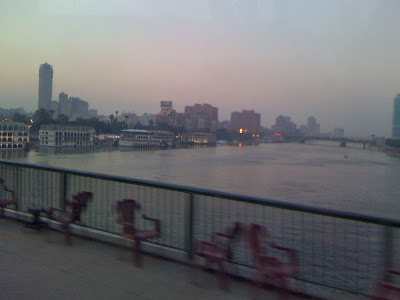"Nowhere is Mohammed Ali’s interest in the town of his birth more apparent
than with the magnificent complex (Külliye) of charitable buildings he began
constructing in 1807. Located below the fortress in the lower walled city,
Imaret is a rare example in Europe, a masterpiece of 19th century Ottoman
Baroque, which also features elements of timber secular structures. The variety
of decoration, the quality of the delicate structures, the interaction between
indoor and open spaces and the adaptability of the functional structures create
an original complex of high aesthetic value.
The complex included an elementary school and two higher level colleges
dedicated to the instruction of the traditional Islamic curriculum, modern
sciences and mathematics. It is one of the earliest examples of western style
technical school providing secular education in the Ottoman Empire and reflects
Mohammed Ali’s program of modernization.
The complex had 61 rooms for up to 300
boarding students, two study halls, a library, a printing press and a soup
kitchen (Imaret) to feed students, travelers and the poor, regardless of
religion. To meet the religious and hygiene needs of its occupants, the complex
also contained a place for prayer, fountains for ablutions and a hamam.
Cisterns underneath the structure guaranteed a continuous source of water.
With the passage of time, the charitable and educational purposes of the
foundation declined. According to surviving records, the School continued to
function as late as 1902, and the soup kitchen as late as 1923. After the
Lausanne Treaty and the exchange of populations between Greece and Turkey, the
complex housed Greek refugees from Asia Minor (1927-1960). In 1954, Imaret was
listed as a protected historical monument. A series of (never realized)
agreements between Greece and Egypt to restore the monument followed. In August
2001, a contract was signed between the Egyptian Waqf Organization and the
Missirian family, who undertook the demanding task of restoring both Imaret and
the House of Mohammed Ali and attributing the monuments to new uses.
Restoration began in November 2001 and was completed in June 2004, according to
the strictest international conservation standards. The project is seen as the
most important of its kind undertaken by the private sector in Greece. The main
principles of the restoration were to respect the original forms and structures
of the complex, and to adapt it to the new uses, with a minimum level of
restructuring".
http://www.imaret.org.gr/





































